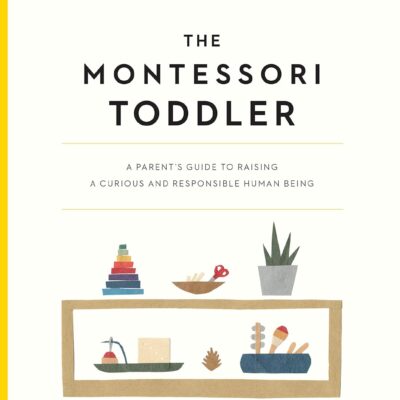With the coronavirus crisis causing unprecedented job losses, many families are experiencing uncertainty around money. Even families with relatively solid financial footing are feeling a need to rethink family finances.
Our impulse as parents is to protect our children from financial difficulties. But our current situation creates an immense opportunity for family discussion—especially at a time when families need everyone pulling in the same direction.
Whatever your financial circumstances, you can step into age-appropriate conversations. Children can learn that everyone faces economic adversity at some point in life. But we can teach skills that build resilience. Let me suggest four steps to guide your conversations.
1. Start with the headlines.
Before you begin talking about money concerns as a family, clarify the facts you want to share: Focus on the news your child needs to know and how that news impacts your family. Keep it simple and straightforward. For example:
• Mom lost her job, and we need to talk about what that means for our family. • Dad’s job is secure, but we still think it’s time for us to be cautious. • Mom’s business has fewer customers, so that means less income for our family.
Those focused statements kick off further disclosure and conversation. While you can share additional details, your goal is to avoid a monologue. Move to dialogue!
Creating space for children to express their thoughts and feelings is crucial.
2. Invite feedback.
Creating space for children to express their thoughts and feelings is crucial. If you jump to solutionfinding too soon, you risk shutting down their responses. Draw out your child with open-ended questions:
• What questions do you have about what I just said? (Not:
“Do you have questions?” but
“What are your questions?”) • What do you think this means for us as a family? • How do you feel right now?
If your child doesn’t voice a response, that’s okay. Circle back to the question later in the discussion or within a day or two.
3. Brainstorm solutions together.
Adjusting family finances impacts everyone. Inviting everyone to find solutions improves buyin from all. Older children can help you consider key numbers in your family budget. Younger children think more readily about their own “money in, money out.” Consider these questions:
• How can we work together to increase our income? • What do we spend on that’s easy to cut back? • Which things feel most important to keep?
Now is the time to discuss any emergency funds you can access—money put away for a time like this. It’s a teachable moment for older children to understand that living on their own means building a reserve of at least three- to six-months income.
4. Speak and act with confidence.
Your family conversations can normalize the experience of adversity and teach your child to pivot quickly.
One of the best ways to display confidence is to find opportunities to share and volunteer—giving time, even if you can’t give money. Discuss how some people need help with everyday food insecurity, as well as what you can do for the elderly and others who are isolating alone.
As a family, you can’t always control what happens. But you can talk about it. Remind your child that you’re working together—and that you will get through this.
Nathan Dungan is the founder and president of Share Save Spend® . He speaks and consults with organizations and families on the topic of financial wellbeing. Nathan uses a Wellbeing Framework to help individuals and families build capabilities that are most relevant for them and the goals of their family.
He is the author of three books and numerous resources for organizations and families. Nathan’s newest resource, Money Sanity U®, is a subscriptionbased virtual learning library for organizations that addresses a variety of money topics in a simple and interactive format— all designed to help improve financial wellbeing. You can learn more at sharesavespend.com.








